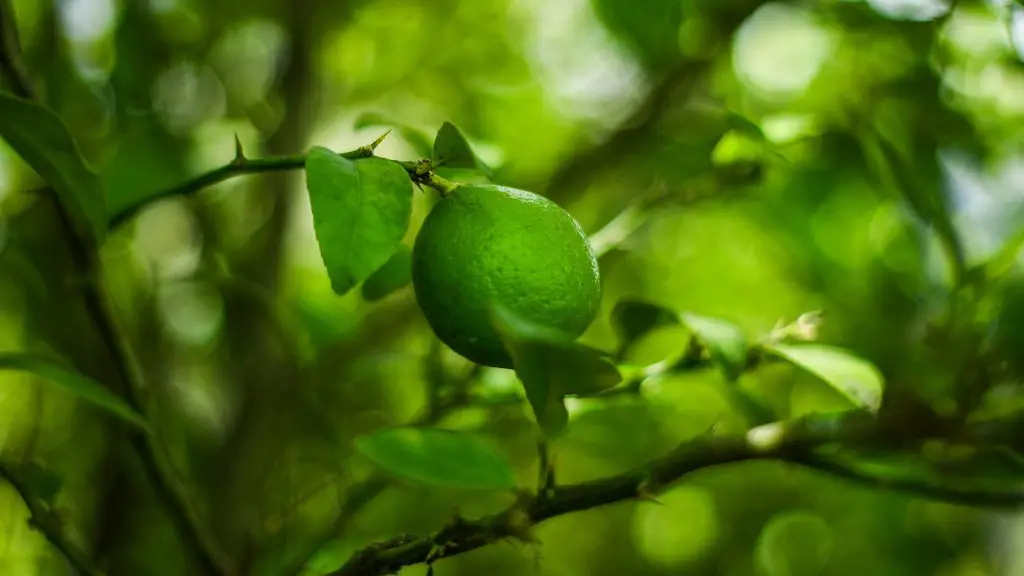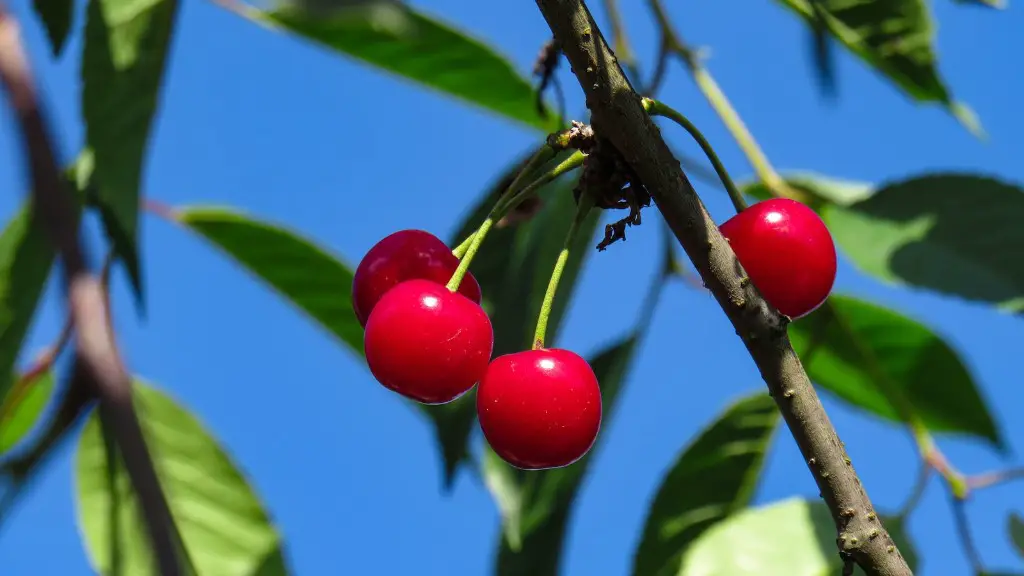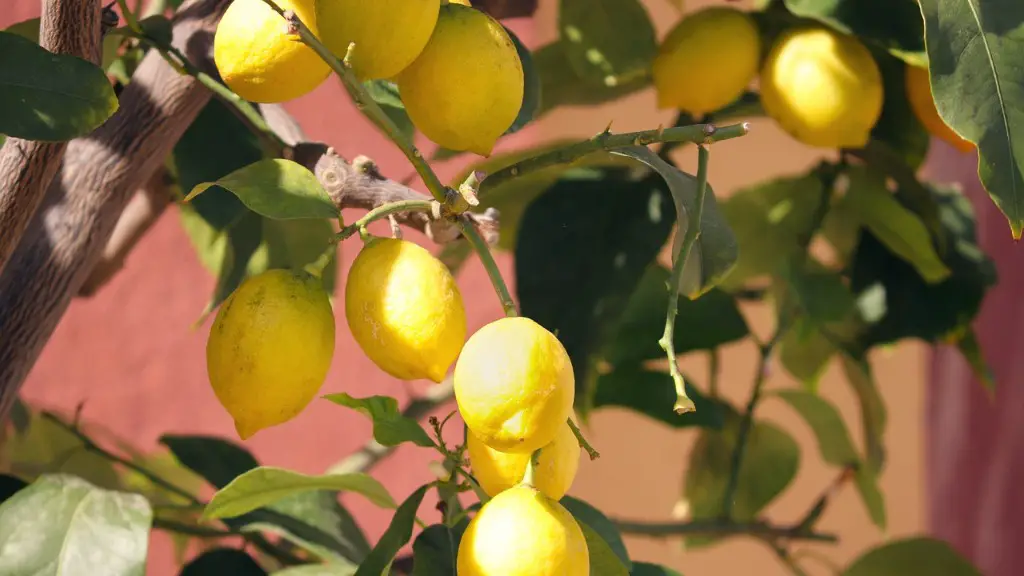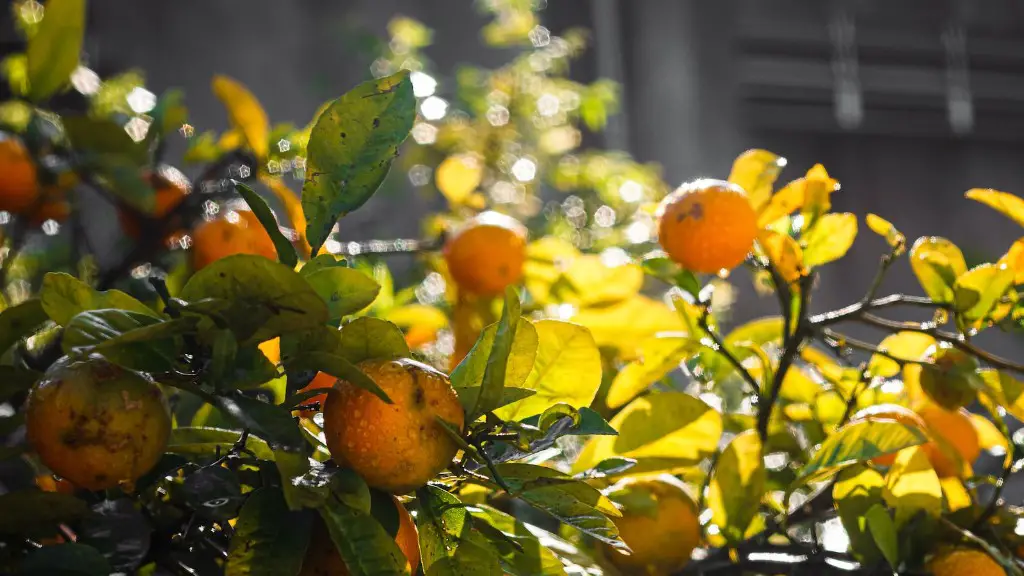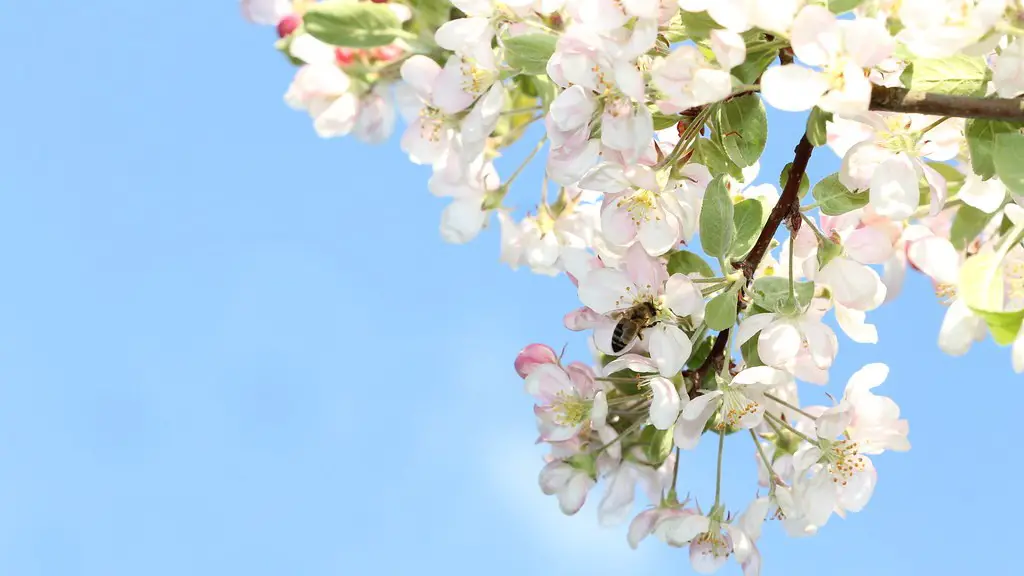Caring for a dwarf lemon tree requires timely pruning to help it stay healthy and productive. Pruning your dwarf lemon tree should take place when it is actively growing. That’s typically late winter or early spring. This is important in helping the tree develop a strong framework of branches and trunk, as well as promoting healthy flowering and fruit production. By knowing when to prune your dwarf lemon tree, you can extend its lifespan and maximize its production.
The ideal time to prune your dwarf lemon tree is during late winter or early spring, when the buds are still dormant but the weather is warming. At this time, the tree is still experiencing cool temperatures, but it will soon move into its active growth period.
As the temperatures warm and the days lengthen, the tree will begin producing new shoots and flowering buds. Pruning your tree during this time ensures that the tree is able to develop a strong framework and encourages additional growth. Pruning too early can disrupt the tree’s development, while pruning too late can cause damage to the tender new growth.
Before pruning your dwarf lemon tree, it is important to inspect it, to assess its shape and health. Look for any signs of disease or pests, and prune away any dead, diseased, or damaged branches, as well as any crossing or rubbing branches. This will help to ensure the tree is strong and healthy, and will also help create an aesthetically pleasing shape.
When pruning, it is important to cut back the branches that are the correct length. Avoid cutting branches back too much, as this can cause the tree to become unbalanced and can also encourage additional growth in areas that are not desired. Instead, use sharp, clean shears and cut branches back to a few inches at a time in order to maintain a balanced look. When pruning, be sure to only remove weak, dead, diseased, damaged, or crossing branches.
By knowing when to prune your dwarf lemon tree and using the proper pruning techniques, you can ensure it maintains its health and is able to produce an abundance of citrus fruit. With a little bit of care and attention, you can keep your dwarf lemon tree thriving for years to come.
Importance of Pruning After Flowering
Once the flowering period occurs, pruning of the dwarf lemon tree can be useful to improve yields of citrus fruit in the next season. Thinning the branches to allow more light and air penetration into the foliage is important. Pruning of branches that are too closely packed together helps give each branch room so it won’t compete with its neighboring branches for nutrients, water and sun.
When pruning for improved yields, it’s important to consider the timing. Because flowering is induced when the tree is actively growing, pruning should be done once the flowering period has finished so that the tree is able to produce healthy fruit in its next season. This can be done when the fruit is still green and immature, to ensure the shape and size of citrus fruits that will be harvested the following season.
Prune any weak and/or diseased branches that become visible after flowering. These branches are prone to break and are considered detrimental to fruit production. It is also advisable to clean out any deadwood, as it typically does not support healthy foliage or productive flowers and fruits.
In addition to improving yields, pruning of the dwarf lemon tree after flowering also helps maintain the tree’s balance and shape, as well as preventing any issues with overcrowding or little to no sunlight. Pruning should also be done with clean and sharp shears to prevent any infections.
Tips For Pruning Dwarf Lemon Tree In Summer
Summer is perhaps the most used season for pruning lemon trees, as it is the time of the year when the leaves are beginning to turn yellow and the growth of the lemon tree is preparing for dormancy. Pruning at this time of the year helps with many aspects such as better fruit production, increased light towards the interior of the tree and helps maintain a nice shape.
When pruning during the summer season, it is important to only remove a few inches from the branches or it can cause the tree to become “leggy”, meaning that there will be a lot of long and thin branches. For dwarf lemon trees, this means removing no more than one-third of the top growth. This allows for proper nutrition flow from the roots throughout the root system, allowing the tree to be able to continue to grow while taking a manageable amount of nutrients.
Another important tip when it comes to pruning dwarf lemon trees during the summer is to not prune the leaves off when the tree is in full bloom. This can cause the fruit to be stunted, leaving the tree unable to set new fruit. It is also important to ensure that the blades being used are sharp and clean. Dull blades may cause excessive tearing of the branches which can leave the tree vulnerable to infection.
When pruning a lemon tree in summer, it’s important to take into account the temperature and whether or not the tree is in full bloom. If the temperature is above 90°F and the tree is in full bloom, it’s best to wait to prune until the tree begins to show signs of dormancy. This helps prevent the tree from losing too much energy and becoming weak.
Pruning During Dormancy
Pruning during dormancy is useful for shaping and balancing of the dwarf lemon tree. During the dormant season, the tree will not be actively growing and therefore pruning won’t disrupt it too much. Pruning during this time can also encourage larger fruit production in the next season.
When pruning during the dormant season, it’s important to only remove dead or diseased growth, as opposed to healthy branches. Dead or diseased growth should be pruned back, encourage new growth and prevent the spread of disease to the other healthy branches, as well as promote space to allow better air and light penetration.
It is also important to use sharp and clean blades when pruning during dormancy as this will ensure a cleaner cut and reduce the risk of infection. It is also useful to thin out overcrowded branches and thinning should be done carefully, to avoid causing any shock to the tree. Ultimately, pruning during dormancy helps prepare the dwarf lemon tree for the next growing season.
Questions To Ask Before Pruning Dwarf Trees
Knowing when and how to properly prune your lemon tree is an important step in ensuring that it stays healthy and can produce plenty of citrus fruit. Before you start pruning, it is important to ask yourself a few key questions that can help you ensure that you are doing the right thing for your lemon tree.
The first question to consider is when the best time to prune is. Pruning too early can disrupt the tree’s development, while pruning too late can cause damage to the tender new growth. Late winter or early spring is typically considered to be the best time to prune, as the tree is still experiencing cool temperatures, but it will soon move into its active growth period.
Another important consideration is what kind of shape you want your lemon tree to be in. If you are pruning for shape and aesthetics, then it’s important to prune the branches that are not growing in the desired direction or form. If you are pruning for stronger branches and a stronger framework, then it’s important to prune the weak, dead, diseased, or damaged branches.
It is also important to consider the health of the tree before pruning. Make sure to inspect your tree for signs of disease or pests, and prune away any dead, diseased, or damaged branches, as well as any crossing or rubbing branches.
Finally, it is important to consider what type of pruning method to use. Avoid cutting back too much of the branches as this can cause the tree to become unbalanced. Instead, use sharp, clean shears and cut branches back to a few inches at a time in order to maintain balance.
